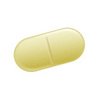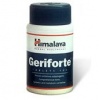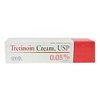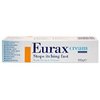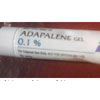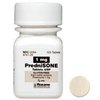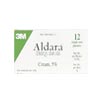INDICATIONS
Phexin (Cephalexin) is indicated in the treatment of the following infections: Respiratory tract infections; bone and joint infections; genito urinary infections, including acute prostatitis and dental infections.
Cefalexin is active against the following organisms: Beta-haemolytic streptococci; staphylococci, including coagulase-positive, coagulase-negative and penicillinase-producing strains; streptococcus pneumoniae; escherichia coli; proteus mirabilis; klebsiella species, haemophilus influenzae; branhamella catarrhalis.
Most strains of enterococci (streptococcus faecalis) and a few strains of staphylococci are resistant to cefalexin.
Cefalexin is not active against most strains of enterobacter species, morganella morganii, pseudomonas or herellea species.
INSTRUCTIONS
Take the medicine as prescribed by your doctor.
DOSAGE
Adults
1-4 g daily in divided doses; most infections will respond to a dosage of 500 mg every 8 hours.
For skin and soft tissue infections, streptococcal pharyngitis and mild, uncomplicated urinary tract infections, the usual dosage is 250 mg every 6 hours, or 500 mg every 12 hours.
More severe infections, or those caused by less susceptible organisms may need larger doses.
If daily doses greater than 4g are required other parenteral cephalosporins, in appropriate doses, should be considered.
Elderly
As for adults although dosage should be reduced to a daily maximum of 500mg if renal function is severely impaired (glomerular filtration rate < 10ml/min).
Children
The recommended daily dosage for children is 2550 mg/kg in divided doses.
In the case of skin, soft tissue infections, streptococcal pharyngitis and mild, uncomplicated urinary tract infections, the total daily dose may be divided and administered every 12 hours.
For most infections the following schedule is suggested:
Children under 5 years:
Not recommended
Children 5 years and over:
250 mg every 8 hours.
In severe infections, the dosage may be doubled.
Clinical studies have shown that for otitis media a dosage of 75-100 mg/kg/day is required, in divided doses.
In the treatment of beta-haemolytic streptococcal infections, a therapeutic dose should be administered for at least 10 days.
Route of administration:
Oral
STORAGE
Store Phexin at 77 degrees F (25 degrees C), in a tightly closed container. Brief storage at temperatures between 59 and 86 degrees F (15 and 30 degrees C) is permitted. Store away from heat, moisture, and light. Do not store in the bathroom. Keep Phexin out of the reach of children and away from pets.

